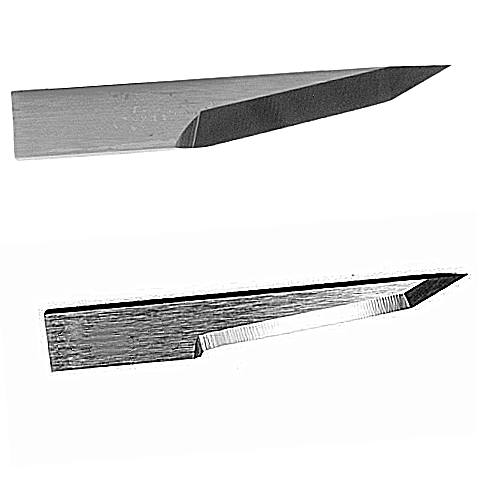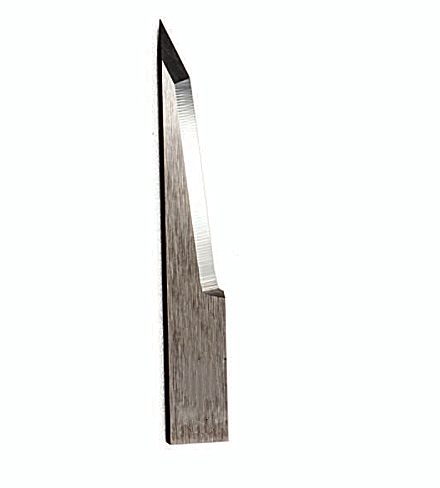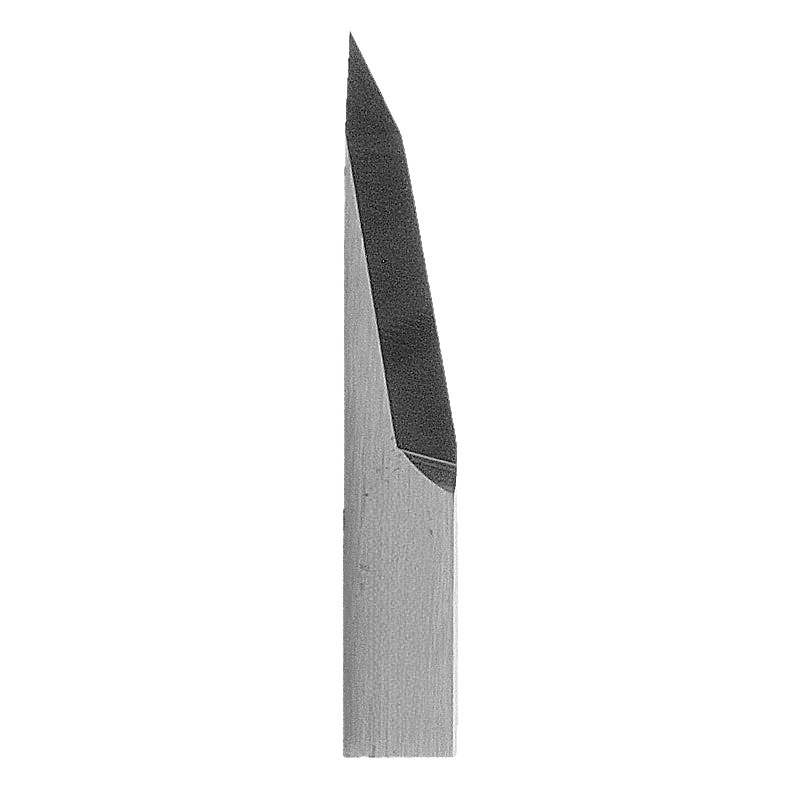
When choosing Multicam K66 or K68 cutting system drag knife blades, consider the following key factors based on the type of material you intend to cut, blade specifications, and compatibility with your CNC system:
1. Understand the Material to be Cut
· Drag knives are best suited for thin, flexible, or soft materials such as vinyl, adhesive films, cardboard, foam board, and rubber. For thicker or more rigid materials, drag knives may cause rounded corners or less precise cuts.
· Determine whether your material is thin and lightweight or thick and durable, as this will influence the blade type and angle you should select.
2. Blade Specifications for K66 and K68
· The Multicam K66 and K68 blades are part of the oscillating or drag knife blade family with a 6mm round shank, commonly used in CNC knife tools.
· The K66 blade is often referenced as a round-point, single-edge blade suitable for softer materials like cardboard and rubber.
· The K68 blade is a 25mm cut length, 6mm round shank, single-edge round point blade designed for precision cutting of cardboard, rubber, and similar soft materials.
· Blade length, point shape (round or flat), and edge type (single or double) affect cutting precision and material compatibility.
3. Blade Holder and Machine Compatibility
· Ensure the blade fits your Multicam cutting system’s knife holder. K66 and K68 blades typically require a 6mm round shank holder compatible with Multicam tooling.
· Confirm that your CNC router or cutter supports drag knife technology and can adjust pressure and depth settings to optimize cut quality for your chosen blade and material.
4. Cutting Angle and Offset
· Drag knives have cutting angles (commonly 36°, 45°, 55°, 60°) that influence cutting force and corner sharpness. Smaller angles reduce drag force and are better for thin materials, while larger angles handle thicker materials better
· Blade offset (the distance from the blade tip to the rotation axis) is critical for clean corners; incorrect offset settings cause notched or rounded corners. K66 and K68 blades have specific offsets that should be matched in your CNC software settings.
5. Practical Selection Tips
· For cutting thin vinyl or adhesive films, a blade with a smaller cutting angle and shorter cut length is preferable.
· For thicker soft materials like foam or rubber, choose blades like K68 with a longer cut length and round point for better precision.
· Always check if your Multicam system allows for adjustable down pressure and depth to accommodate different blade types and material thicknesses.
· Consult with your blade supplier or Multicam support to confirm blade compatibility with your specific machine model and cutting application.
![]()
Summary Table: Multicam K66 vs. K68 Blade Features
|
Feature |
K66 Blade |
K68 Blade |
|
Shank Size |
6mm Round |
6mm Round |
|
Cut Length |
Typically shorter (e.g., 15mm) |
25mm |
|
Blade Tip |
Round Point |
Round Point |
|
Material Suitability |
Soft materials (cardboard, rubber) |
Soft materials (cardboard, rubber) |
|
Typical Use |
Precision cutting of soft materials |
Precision cutting of soft materials |
|
Compatible Holder |
6mm round shank knife holder |
6mm round shank knife holder |
![]()
Choosing the right Multicam K66 or K68 drag knife blade depends primarily on the material thickness and type, blade length, cutting angle, and machine compatibility. Adjust your CNC router settings to match the blade’s offset and depth for optimal cutting quality and clean corners.
PREV : The Perfect Valiani Knife Blade For Each Type Of Processing NEXT : Esko Kongsberg Bld-Sr8172 Bld-Sr8170 Knife Blade Difference Size Use







